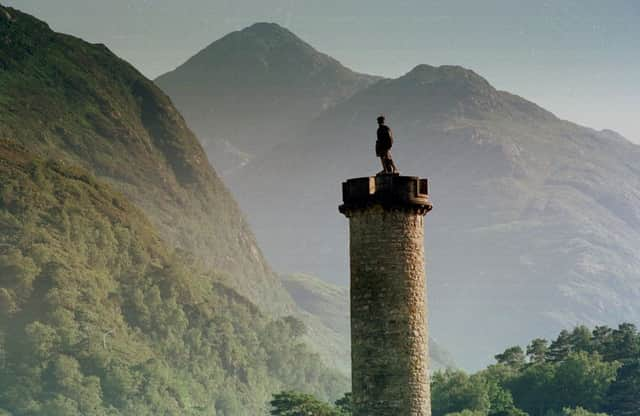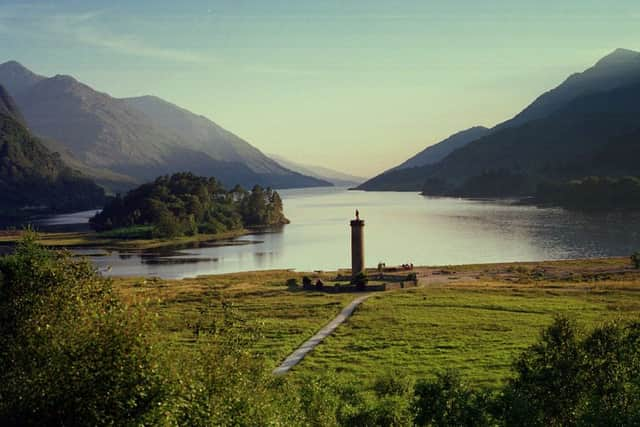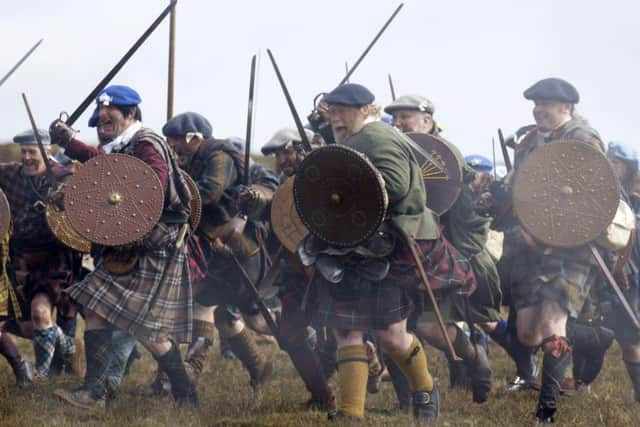On this day in 1745: Jacobite rising begins at Glenfinnan
This article contains affiliate links. We may earn a small commission on items purchased through this article, but that does not affect our editorial judgement.


Background
The Jacobites were supporters of King James VII and II and his heirs.
James VII inherited the thrones of Scotland, England and Ireland in 1685 - but his Roman Catholic faith led him to be deposed in the ‘Glorious Revolution’ of 1688. He was replaced by his daughter Mary and her husband, the Dutch Prince William of Orange, who ruled as joint monarchs.


Advertisement
Hide AdAdvertisement
Hide AdThose who continued to support James as the rightful king were known as Jacobites, after the Latin Jacobus.
Risings
Before the rising of 1745 - which became known to supporters as ‘the 45’ - two other major Jacobite rebellions had already been suppressed.
The 1689 rising led by John Graham of Claverhouse, known as Bonnie Dundee, was quickly quelled despite a Jacobite victory at the battle of Killiecrankie.


The 1715 rising, or Mar’s Rebellion as it was known, was provoked by the death in 1714 of Queen Anne - the last Stuart monarch and daughter of James VII.
Despite a large turn out of supporters, the battle of Sheriffmuir ended in stalemate and momentum was lost.
Glenfinnan Monument
It was on the shore of Loch Shiel on August 19, 1745, that Prince Charles Edward Stuart, grandson of James VII, formally announced his intention to reclaim the throne of Britain for his family.


The Jacobite standard was raised in front of Charles’ supporters and so began his fateful campaign which would end the following year at Culloden.
Advertisement
Hide AdAdvertisement
Hide AdIn 1815 a monument was built to commemorate the raising of the standard. It stands 18m high and is topped with a statue of a Highland warrior.
DOWNLOAD THE SCOTSMAN APP ON ITUNES OR GOOGLE PLAY